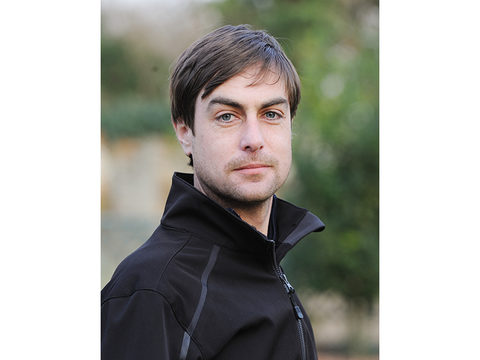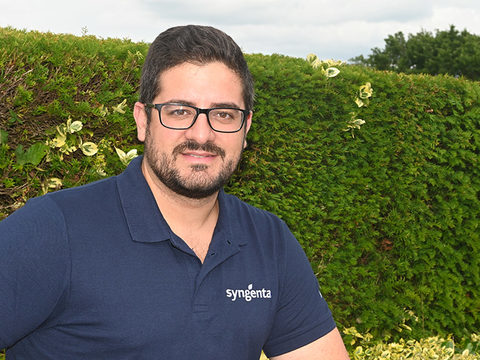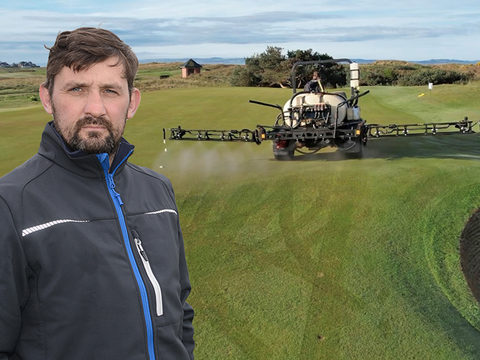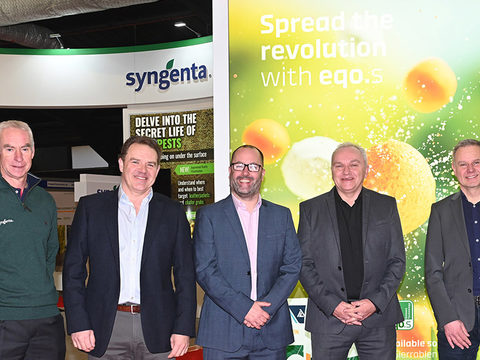Lockdown Trial opens up a new avenue for turf research
When Europe and the UK was plunged into lockdown, to tackle covid-19, greenkeepers faced an unprecedented situation for managing turf, with little or no specific research to support decisions for imposed low intensity regimes, reports Syngenta EAME Turf Technical Manager, Marcela Munoz.
The objectives for greenkeepers switched overnight, from providing the best possible playing surfaces, to simply maintaining healthy plants, with a skeleton labour force and stringent restrictions on working practices, in accordance with evolving government regulations and R&A Guidelines.
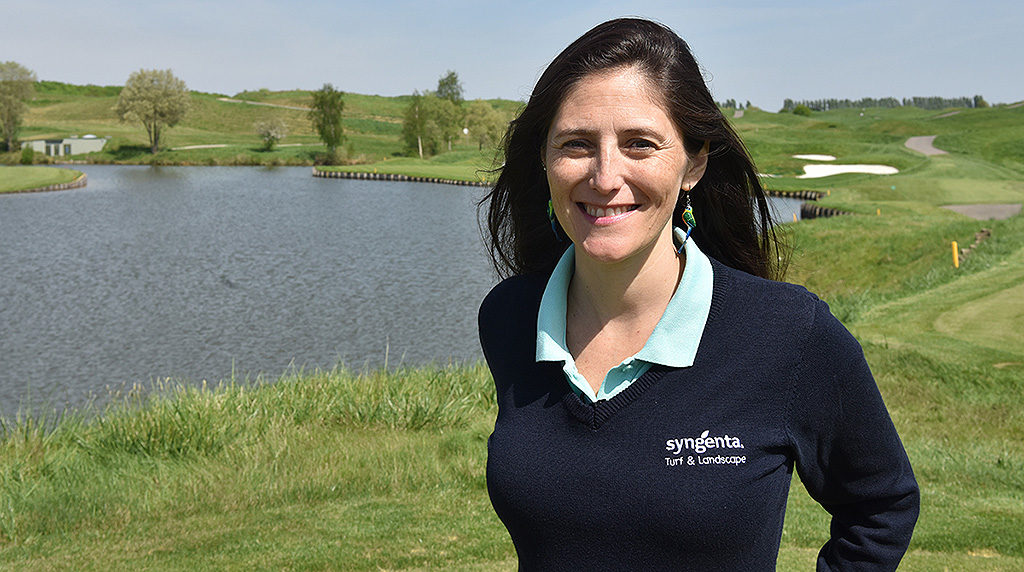
Marcela Munoz, Syngenta EAME Turf Technical Manager
Recognising the absence of relevant information and the need for greenkeepers to quickly make big decisions, Syngenta, in collaboration with ICL and research partners at STRI, set in motion the process to develop a trial to provide some practical guidance and important answers.
Setting up a full-scale turf trial in just days, and presenting the challenge to report results in real-time as the trial progressed, posed a whole new set of questions for managing research and gathering the data.
It was clear from the outset that for the research to have relevance, it had to provide information and advice for actions with almost immediate effect.
Originally instigated as a low intensity turf management research project, it quickly adopted the mantle of ‘The Lockdown Trial’, to fully engage with greenkeepers and their immediate issues.
The Syngenta team were also mindful that greenkeepers across Europe at that time were under similar constraints and conditions, so wanted to ensure the study would be relevant for them too. Furthermore, with Europe one of the first regions to go under an intensive lockdown scenario, it was apparent that this pioneering initiative could have implications globally, as other regions followed the practice.
It was a real challenge for STRI researchers, led by Dr Christian Spring, to deliver up to the minute results of the effects on turf quality, along with suggested actions to help maintain playing surfaces for when normal service could resume.
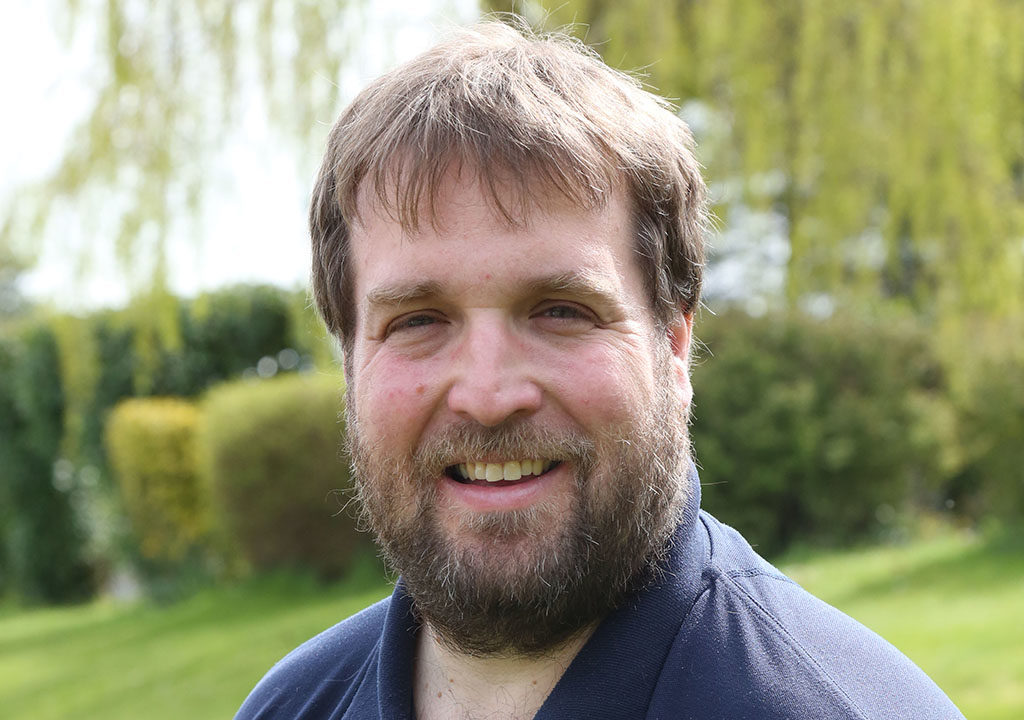
Dr Christian Spring, STRI
With so many potential factors to look at with the trial, it was necessary to focus firstly on results that would enable greenkeepers to make more effective decisions, and secondly limit the parameters to data that could be quickly gathered, assimilated and interpreted in the tight timeframe to communicate messages.
Whilst it would have been good to look at aspects of increased rooting, leaf chlorophyll content and ball roll with Primo Maxx II, for example, the complexities of gathering that data was considered too time-consuming and take too long to process to be valuable for the trial.
For a scientific community used to writing and reviewing reports over a period of months, the new aim was to get results out to greenkeeprs within hours. The process of publishing lengthy reports means little for a communication route driven by social media, the 120 character tweet, visual graphics, video feed and instant-access advisory blog.
It was absolutely crucial to have the scientific data accurately recorded to back up the findings, but the presentation of real-time results as the research progressed was a radical change.
Even in setting up the trial protocols, the team had to work within and replicate the constraints of the R&A Guidelines to ensure results could be used in practice. We also had to prioritise treatments that we considered would offer greenkeepers the best potential savings for time - with labour availability one of the biggest challenges – as well as the chance to maintain turf health and vigour, ready to return to play when conditions allowed.
The trial treatment list arrived at was:
Primo Maxx II treatment | Mowing regime per week |
No Primo Maxx II | Once |
Three x | |
Five x | |
Primo Maxx II @ 0.4 l/ha every seven days | Once |
Three x | |
Five x | |
Primo Maxx II @ 0.4 l/ha at 50 GDD | Once |
Three x | |
Five x | |
Primo Maxx II @ 0.4 l/ha at 100 GDD | Once |
Three x | |
Five x | |
Bent grass/poa golf green sward; Qualibra + ICL Greenmaster liquid feed @ fortnightly interval; irrigation once per week. | |
Greenkeepers had already taken to Twitter to announce that they would be putting on the maximum permitted amounts of Primo Maxx II to supress growth and reduce mowing requirement, but with the question as to what would be the effect at two or four times the rate they would typically use, earlier in the season, and with far less maintenance.
That was an obvious starting point, with the trial set out to evaluate effects of application at the full UK label rate for fine cool-season grasses (0.4 l/ha) and to assess the growth suppression at cutting regimes of once, three times and five times a week.
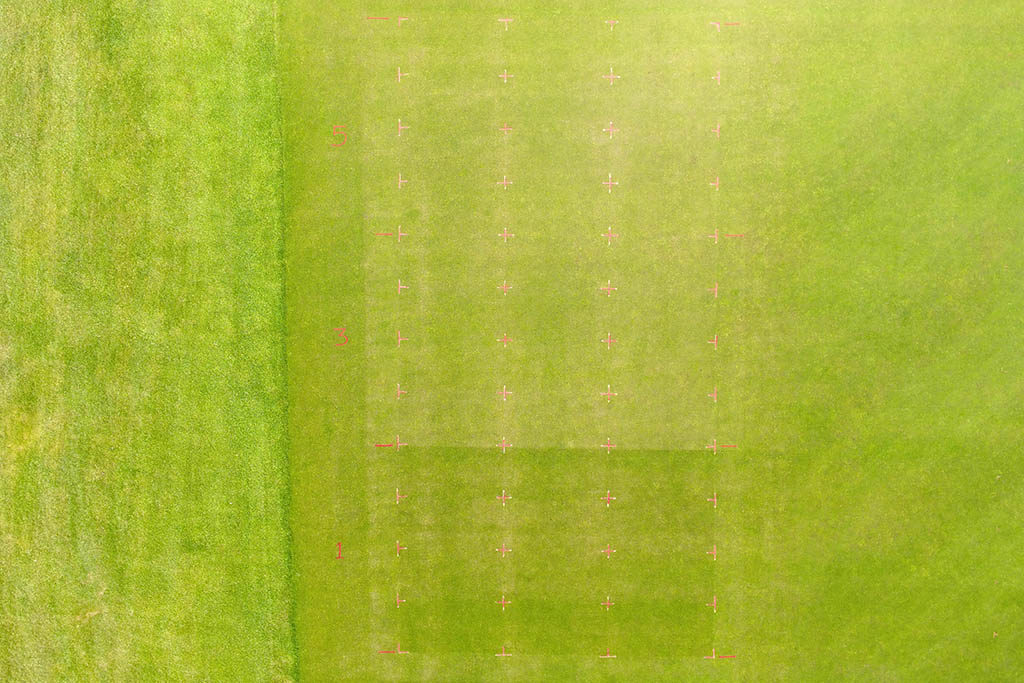
STRI trials site at Bingley in Yorkshire set out for the Lockdown Trial. Weekly drone imagery and photos gave an evolving picture of results’ progress
Furthermore, having recently introduced a Growing Degree Day model and calculator for greenkeepers on the Syngenta UK GreenCast website, it was decided to assess impact of an application every seven days, every 50 GDD and every 100 GDD, compared to no Primo Maxx II.
In addition to clipping yield, the plots of bentgrass/poa at STRI Bingley site were assessed for colour, visual quality, consistency of cut and NDVI measured plant health.
Overall the plots also received a base ICL nutrition programme and a monthly application of Qualibra wetting agent. That was included since, with just one irrigation application per week, the potential for turf damage from drought over the summer was too high a risk.
At the outset the project did not know how long the trial, or the lockdown situation, would continue. And, as it transpired, with the sunniest May on record and a prolonged dry period, the Qualibra paid huge dividends in maintaining turf quality with minimal low intensity water input.
What the trial has demonstrated is that, even at the highest permissible application rate and short intervals, there were no adverse effects from Prim Maxx II on turf. In fact, as the trial progressed, improvements in the colour and turf health were all recorded with the successive treatments.
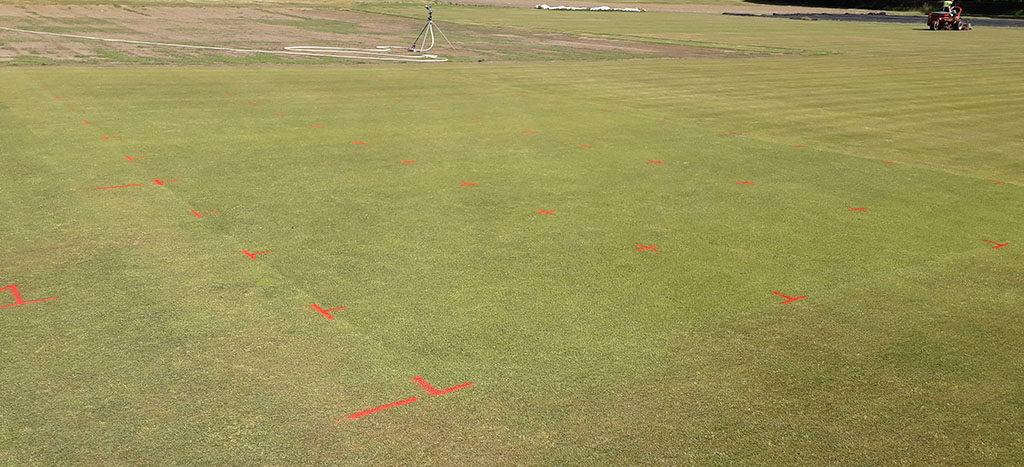
Not unsurprisingly, turf health in the early weeks was visibly better with the low intensity once weekly cutting regime, compared to the stress associated with the three and five times per week cutting. However, as the trial progressed through the fourth and fifth week of assessments, it was the three times per week cutting that showed the best compromise.
Results of surface quality assessments, measured by prism gauge across all the treatments, showed that all the Primo Maxx II treatments gave more consistent results under all the cutting regimes. Surface quality was continually reported as being unsatisfactory for playability under the one cut per week regime.
It has indicated the results for three times per week mowing, in relation to turf health and vigour balanced against surface quality, could warrant further investigation, particularly for the early spring season when growing conditions may be slow.
Clipping yield results showed that increasing the amount of Primo Maxx II applied, with the seven-day weekly interval, did suppress growth most effectively, by up to 55% compared to untreated. Over the first weeks of the trial, clipping yield growth reduction averaged 36% for the seven day application; 28% from 50 GDD application and 21% from 100 GDD treatment.
The cumulative result of frequent application confirmed US Primo Maxx research, where a layering effect from reapplication before maximum suppression was reached was observed
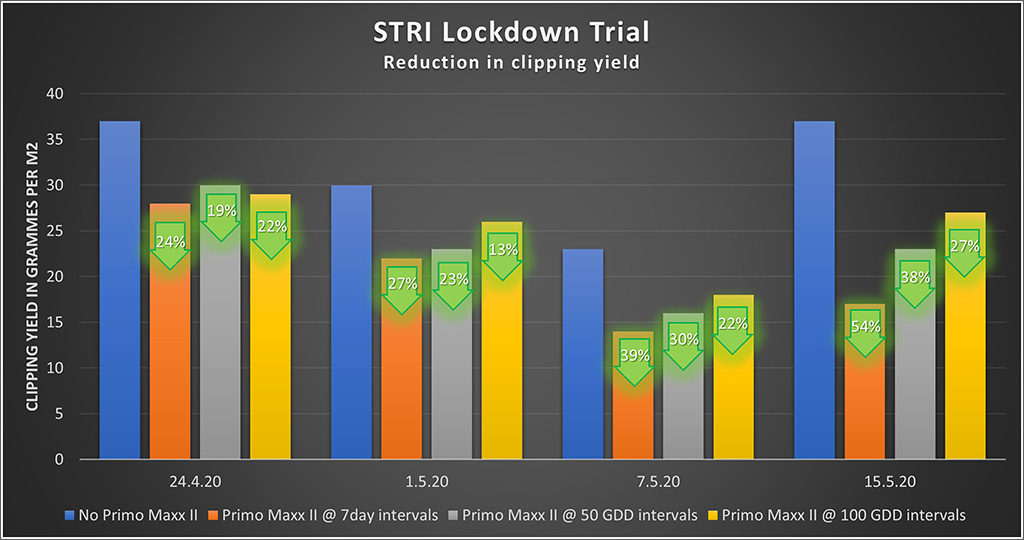
With no cutting of the trial over the weekend, to reflect on-course practice under lockdown, the work has identified how turf under a low intensity management regime will recover and grow faster between cuts as growing conditions improve, and that regular mowing maintains more consistent sward height.
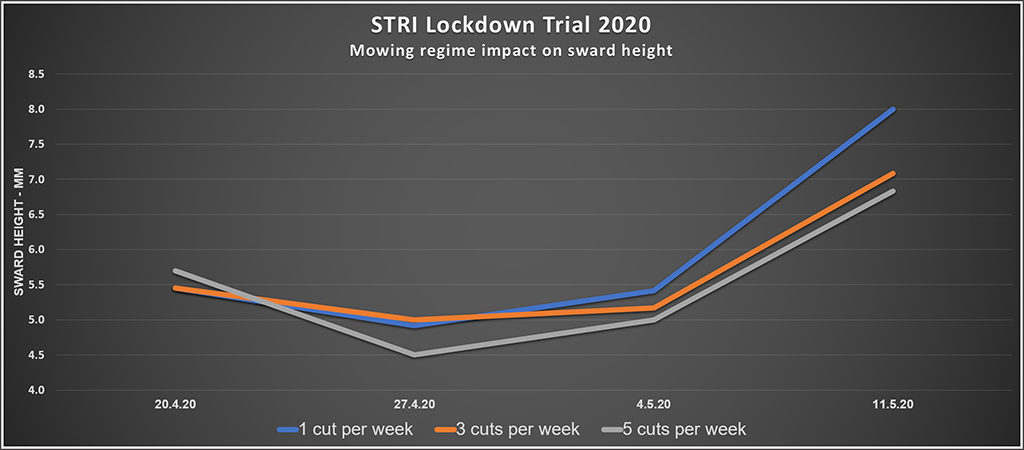
One further factor of note from the trial’s results, is just how quickly the advantages in the evenness of cut from the more frequently cut regimes were lost as soon as mowing was interrupted for just a few days, compared to lower intensity mowing. It has shown how investment in regular maintenance is absolutely key to high quality putting surfaces.
Another new element to a research project was the need to adapt the protocol as the trial progressed, to reflect the changing situation that greenkeepers faced.
For example, whilst the trial was managed at a low intensity 5 mm cutting height for most of the duration, as soon as lockdown was lifted and play resumed, we had to test how quickly surface quality could be restored.
Unlike the normal practice of gradually reducing cutting, we could take the same decision being faced by course managers to drop cutting height by a dramatic 20% in one hit, from 5 mm to 4 mm, and evaluate the effects. And then a further reduction to 3.5 mm the following week.
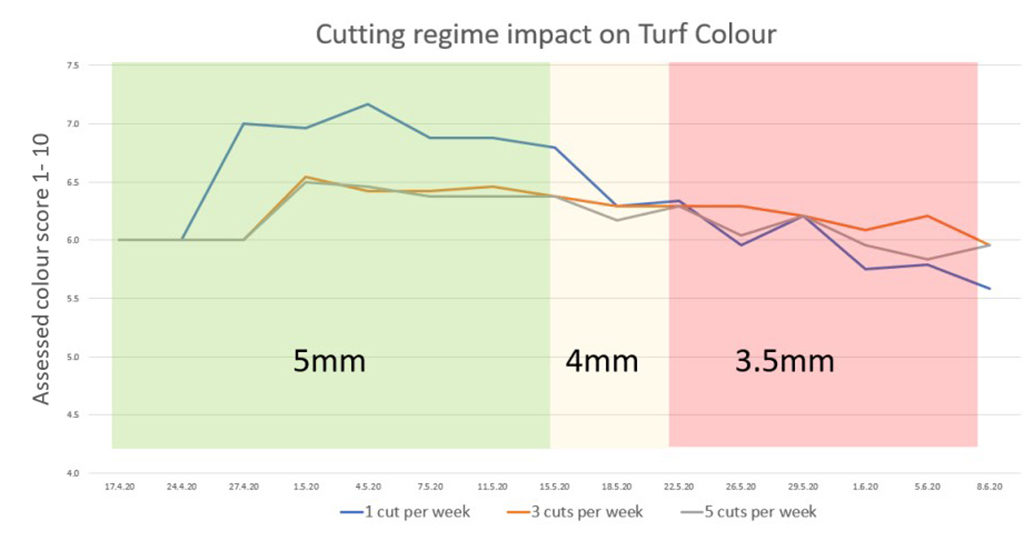
The results have shown that turf that was healthy under the low intensity management was remarkably resilient. The plots under the five and three times week mowing regimes recovered well at the lower cutting heights with little or no loss in playing surface consistency or health indicators, however the once a week mowing regime did start to suffer losses in quality, colour and consistency at the lower cutting height.
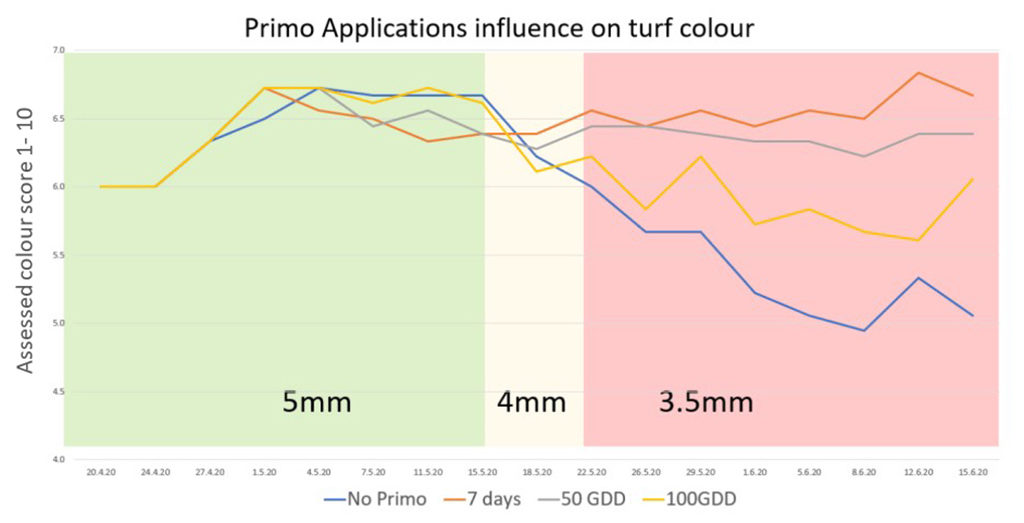
Over the course of the trial, turf cut once per week had better colour scores when cut at a height of 5 mm, but that began to drop off at 4 mm cutting height and was the lowest when surfaces were cut back to 3.5 mm.
The influence of Primo Maxx II on turf colour became ever more pronounced as the cut height reduced and returned to typical day-today playing height, with more frequent application showing greater results.
With GDD, the trials practical learnings showed the need to be flexible with application timing to fit with when the interval is reached – which could fall on a weekend or when weather conditions were too wet or windy to spray.
The results have demonstrated that GDD could prove a useful tool to aid decision making on Primo Maxx II interval timing, particularly during periods of differential of growth. However, more work is required to find the optimum timing point in the suppression curve for UK conditions and specific situations or course demands.
Huge credit has to go to STRI for instigating the whole trial under lockdown conditions, including trials manager, Mark Ferguson and Dr Christian Spring for providing a weekly video of results and commentary throughout the trial.
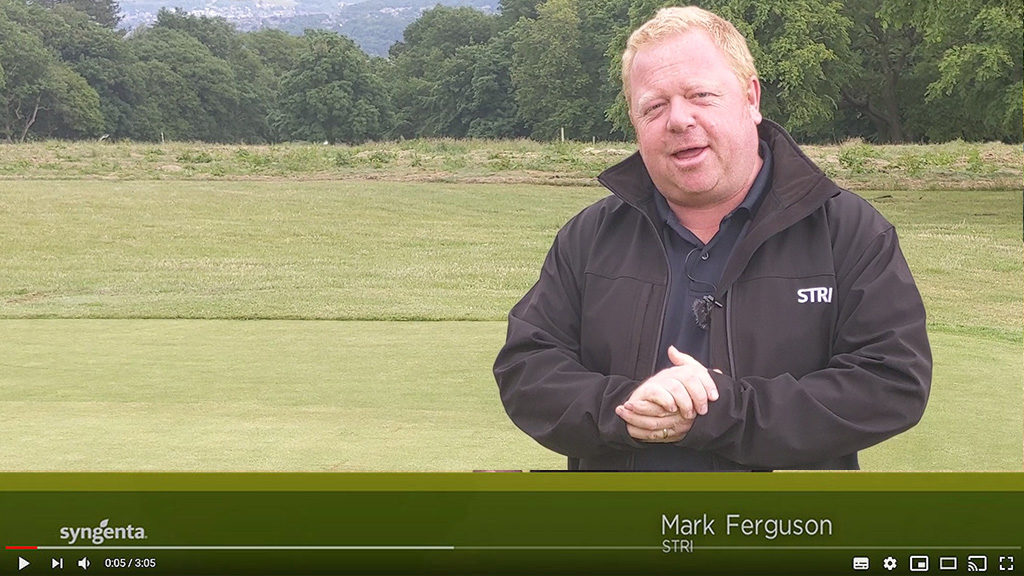
Mark Ferguson’s weekly STRI trials reports
Their ability to record and turnaround results within hours, enabled a communications package involving website, YouTube, Twitter and e-newsletter reports to reach thousands of greenkeepers around the world each week.
Twitter posts around the Lockdown Trial have generated 400% greater interest, compared to typical turf management topics. Posts have almost instantly reached up to 8300 people. Videos attached to Twitter posts have each been viewed up to 2400 times. Weekly emails to 2600 turf managers and agronomists received up to 40% open rate and 20% seeking more information – reflecting the genuine and ongoing interest in the results.
It has also been a fascinating lesson in communicating scientific research of immediate application to the end user. Social media and digital communications gives us, the scientific community, the opportunity to better engage with the end user and get feedback to make our work more relevant and the science more friendly.
Whilst this type of trial cannot replace hypothesis led fundamental turf research, it is a model for a way to provide science-led real-time solutions, which has shown the opportunity to engage with and answer greenkeepers ongoing seasonal issues.
All of the trial’s weekly updates, reports and videos can be viewed on the GreenCast website here, along with practical interpretation and advice on the GreenCast Advisory Blog.
Now, with the launch of new ‘Unlock and play’ initiative at STRI in the same style, investigating the impacts of integrated turf management techniques on summer stress under simulated traffic, you can follow the results in real time @syngentaturfuk
Marcela Munoz is Syngenta EAME Technical Manager for Turf & Landscape




